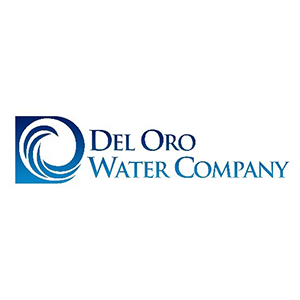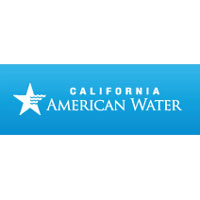The San Jose Mercury News’ July 10 editorial, “Water Limits Should Apply to All Users,” missed the mark in assuming private water companies are not actively engaged in water conservation, particularly in light of California’s current drought. The editorial took the State Water Resources Control Board (State Water Board) to task on its delay in imposing mandatory limits and fines on urban water users, while raising a question concerning the focus, or lack thereof, on agricultural water users. The editorial also erroneously stated that private water providers, such as investor-owned water utilities (IOWUs) regulated by the California Public Utilities Commission (CPUC), would not be required to participate in the State Water Board’s regulation, not realizing that the CPUC coordinates closely with the State Water Board to ensure that its regulatory authority over its jurisdictional utilities would be consistent with (if not identical to) that of the State Water Board (see previous two articles).
Also, the editorial made the supercilious assertion that if IOWUs “don’t get on board,” their role in distributing the “ultimate public resource” could be “called into question.” The editorial then made a third misstatement, saying that the water IOWUs’ “need for profit can conflict with the public interest,” again not realizing that regulated public utilities do not make a “profit” on the sale of water, rather the opportunity to earn a rate of return on the amount of capital invested in the infrastructure necessary to provide safe and reliable service to customers (thereby negating the assumption that IOWUs aren’t “on board” with conservation). California Water Association (CWA) Executive Director Jack Hawks and San Jose Water Company (SJWC) Director of Government Relations and Communications John Tang responded to the editorial to set the facts straight.
In his letter to the editor published on July 18, Hawks emphasized that IOWUs are responding to the governor’s call for 20 percent voluntary conservation this year in addition to complying with the 2009 California law requiring a 20 percent reduction per capita by 2020. Hawks also highlighted that every large water IOWU (more than 2,000 customers) is actively partnering with its customers to save sizable volumes of water and that they have activated their drought management plans. Hawks concluded by stating, “Not only are the CPUC-regulated water providers ‘on board,’ but they are as fully engaged as their government-owned utility counterparts.”
Tang’s letter demonstrated that SJWC has been a conservation leader for decades and has maintained a tradition of promoting conservation. He underscored the fact that the IOWU was the first utility “to develop a comprehensive water conservation program during the drought of the 1990, which was effective then and continues to be effective today.” Tang indicated that SJWC is “petitioning the CPUC to expand its conservation programs, implement conservation-based rates and increase the use of recycled water.” He concluded his comments by noting that Santa Clara County residents surpassed the 15 percent conservation target in 2009 and SJWC customers have done a sterling job in conserving.





